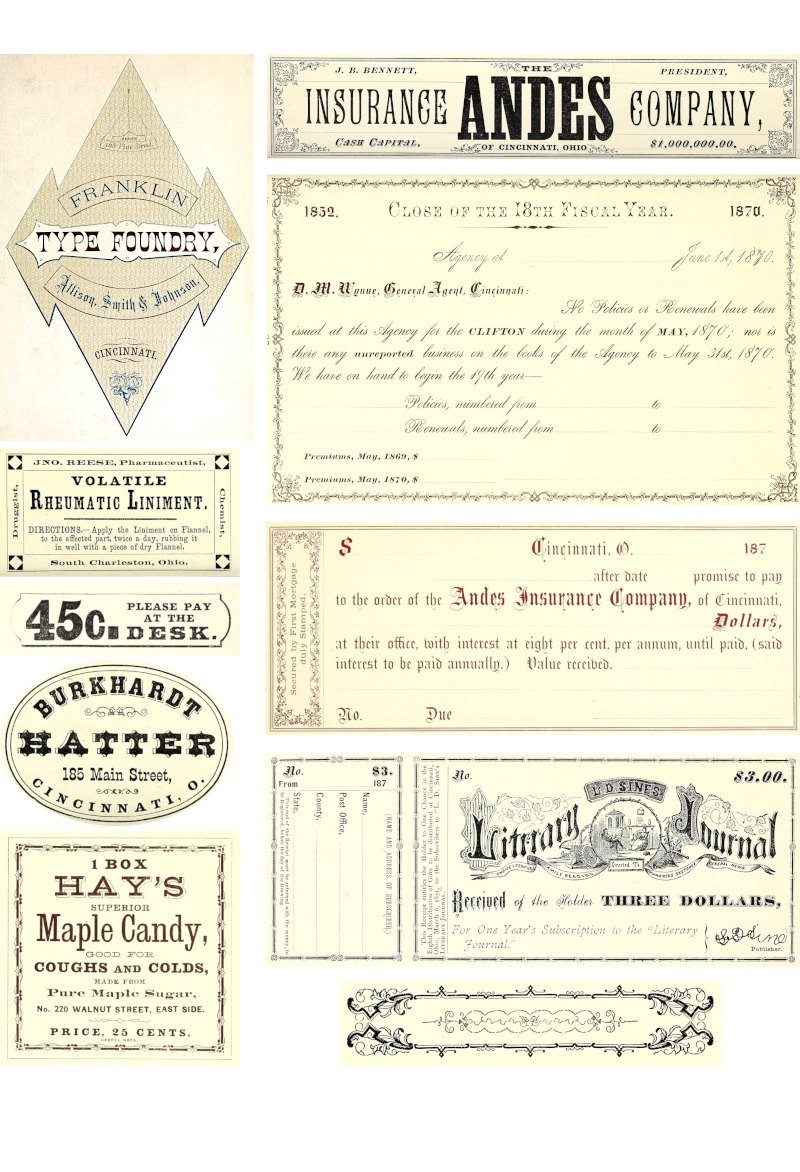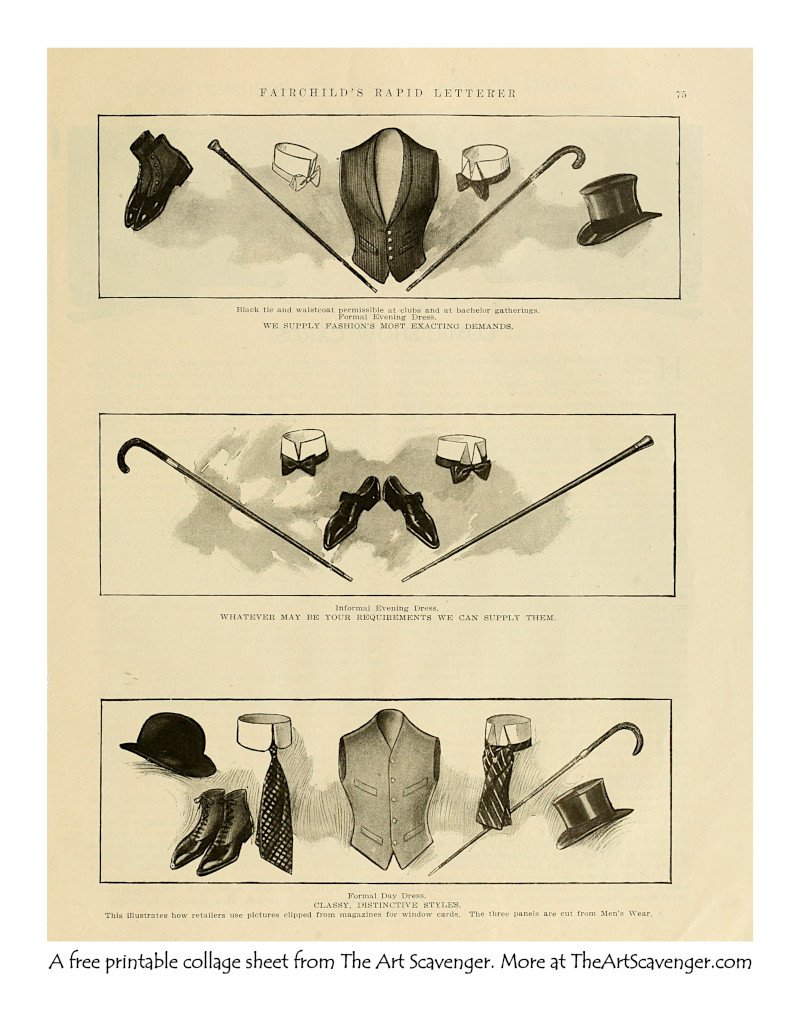Vintage Flavor Extract Label Ephemera Sheets
As an Amazon Associate I earn from qualifying purchases.
These printable flavor extract ephemera sheets are made up of samples from a late 1800s printer’s sample book from which apothecaries would order the labels for their products.
Scroll down and you’ll find three vintage flavor extract label sheets. The first two are basically the same labels, except the second one is in color. The third one has different labels.
If you would like more vintage labels, you may want to check out these apothecary labels, these perfume labels, or these poison bottle labels.
If you enjoy these free printables, be sure to follow me on Instagram and Pinterest, so you’ll see when I post new ones.
The commercial production and sale of flavor extracts began in the 19th century. In the early to mid-1800s, chemists began to experiment with isolating and extracting flavor compounds from natural sources such as herbs, fruits, and spices. One of the first commercially successful flavor extracts was vanilla extract, developed in the mid-1800s.
In the late 1800s the American company McCormick & Company began producing and selling a variety of flavor extracts, including vanilla, lemon, and peppermint. McCormick & Company is still in business today and remains a leading producer of spices, herbs, and flavor extracts.
Other companies soon followed, and by the early 1900s, the production and sale of flavor extracts had become a thriving industry. The availability of flavor extracts made it easier for home cooks and bakers to add consistent and intense flavors to their dishes and helped to popularize a wide range of culinary traditions and flavors.
In the days before modern supermarkets and specialized food stores, apothecaries were often the primary source for a variety of products, including medicinal herbs, spices, and flavorings. Apothecaries were also often skilled at extracting and compounding various substances, including flavorings.
During the 19th century and earlier, apothecaries were known to sell a wide range of flavor extracts and essences which were used, not only for cooking and baking, but also for medicinal purposes. For example, peppermint extract was often used as a digestive aid and was sold by apothecaries as well as grocers and other retailers.
In some cases, apothecaries may have even created their own proprietary blends of flavor extracts for sale. These blends may have been marketed as elixirs or tonics with various health benefits, or simply as flavorings for use in cooking and baking.
I hope you’ll add these to your supplies for art journaling, junk journaling, bullet journaling, scrapbooking, collage, artist trading cards (ATCs) and other mixed media artwork and crafts.
You may also enjoy these free collage sheets.
Terms of use:
Free to use for personal or commercial projects. You may print the collage sheets as many times as you wish for your personal crafts or in your projects to sell, including: art journals, scrapbooks, junk journals, collage art, etc. You may not redistribute or sell the collage sheets “as is" in either print or digital form.
If you wish to share the files on your own website, please do not make the files available for download directly from your site. Instead, include an image with a link back to this site.
To the best of my knowledge, these are all royalty free images that are in the Public Domain in the US. However, you should always do your own research if you plan to use them commercially.









